Regular readers of this blog know that much of my working life has been spent with inorganic mass spectrometers, from quadrupole and multicollector ICP-MS to stable isotope MS and through to TIMS and noble gas MS. That covers most of the “common” inorganic MS, if we can ever call them that, but what about the outliers? I’m referring to the less common, maybe even “bespoke” instruments (if it’s OK to repurpose a word seemingly used exclusively by the English tailoring community), often physically very large, and built in tiny quantities for incredibly specific analytical tasks.
In the early days of inorganic mass spectrometry (we’re talking 1950’s here), each instrument was handmade and unique. This is the era of Nier and his contemporaries. But during the 1970’s a series of commercial mass spectrometers appeared, including thermal ionization instruments, static vacuum instruments, and stable isotope instruments. Companies such as Finnigan (eventually Finnigan MAT), VG (including VG Isotopes, VG Isotech and VG Elemental) and MAP were leading the charge. The instruments from these times are probably the oldest ones that we would still recognize as a factory-built inorganic mass spec, including the VG354, Finnigan MAT 261 and MAP-215.
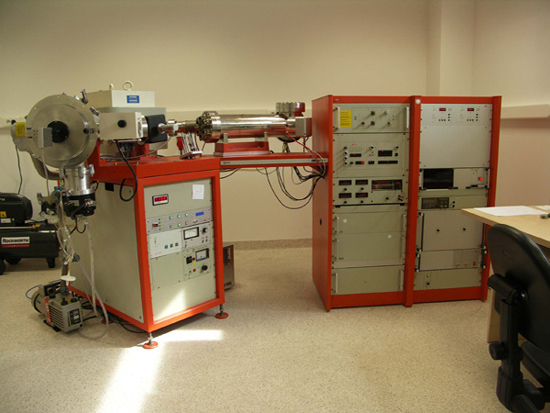
This was the heyday of the magnetic sector mass spectrometer, which itself was the driver for many of what I’m referring to as the “outlier” instruments. The 1970’s and 1980’s saw huge developments in magnetic sector mass spec, the main motivation being the desire to isolate analyte species from other species, often molecular ones. A notable improvement was the move to “double focusing”, typically using a magnetic sector and an electrostatic sector (often referred to as an electrostatic analyzer or ESA).
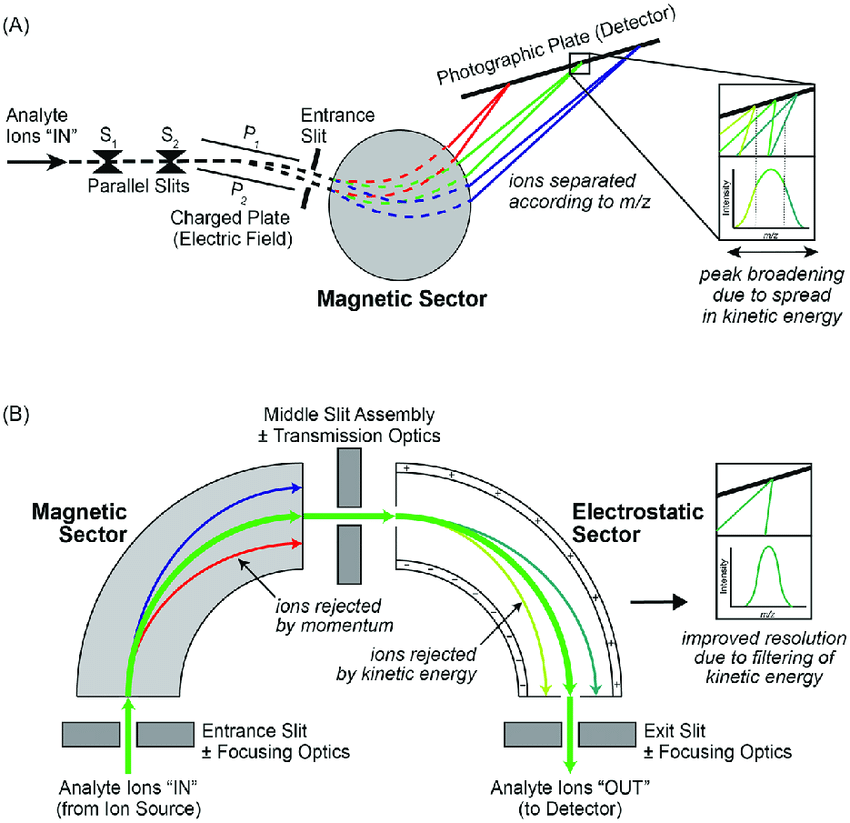
Although an old technique (the British scientist Aston was building these in 1919!), double focusing didn’t become a common technique for inorganic mass spec until the 1980’s. Double focusing meant better sensitivity at a given resolution, which in turn meant better identification and quantitation possibilities. Add to this the fact that larger sectors meant more resolution, and the time of the big inorganic instruments began.
Probably the best known of the large inorganic outliers was the ion probe, and the best-known example of that was the SHRIMP (and later, SHRIMP II). Despite the marine-themed name this was a high-resolution ion microprobe, essentially a huge mass spec that used ion impact sputtering to create secondary electrons. One of its primary functions was U-Pb geochronology, and it played an important role in pushing the precision by which ages of certain crystals such as zircons could be measured to. So why am I calling this an outlier? Because it’s huge, complex, immensely powerful, and only sold in limited numbers!
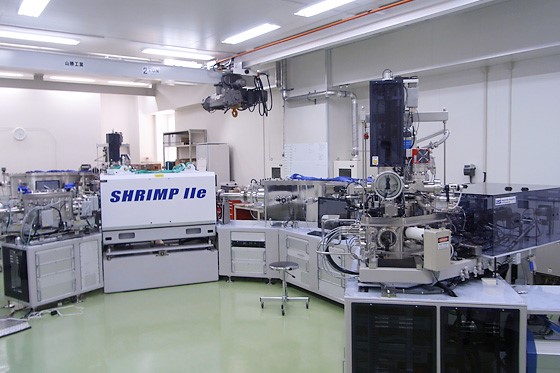
The stats for SHRIMP are in themselves pretty amazing. The electrostatic analyzer has a radius of 1,272mm whilst the magnet radius is an equally huge 1,000mm. The instrument footprint is about 6m by 4m, so in case you are wondering, it probably doesn’t fit in your lab! But when you see one, you’ll definitely be impressed.
What other outliers are there? There are other instruments of the same generation to SHRIMP that were super-sized to give increased sensitivity at a certain resolution. An example is the Isolab-120, a somewhat similar instrument developed by VG for the measurement of 10Be/9Be. Cosmogenic 10Be is of cosmogenic origin and is found at unfathomably low abundances, so it couldn’t be measured by TIMS or other “standard” geochemical techniques. Very little information about the Isolab-120 exists, I assume only one or two were built, so if you happen to have an old brochure I’d be delighted if you could scan it and send it to me.
The Isolab-120 also spawned further outliers, in particular it promoted the development of a three stage (two electromagnets and one ESA) TIMS instrument at Pacific Northwestern National Lab (PNNL) that had an incredible abundance sensitivity, ideal for ultra-trace isotopes being measured in the presence of much higher abundance ones.
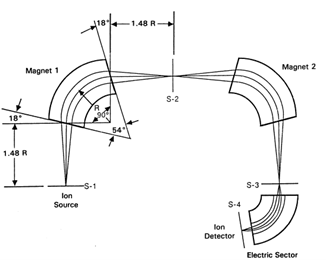
What about large “outlier” instruments? There are plenty more! Cameca continues to make the huge (and hugely impressive) ion probes. To be fair these are made in sufficient quantities to not really be outliers, but you can’t really write a piece about large analytical instruments and not mention them.
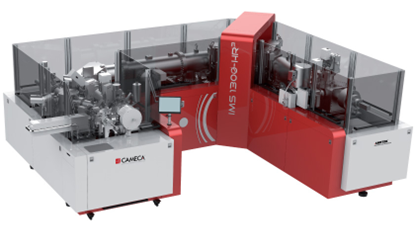
What about ICP-MS? There are outliers here too. Most notable, Nu Instruments made the 1700, a multicollector ICP-MS designed to give flat top peaks at a much higher resolution than with a “standard” MC-ICP-MS. They’re a sight to behold, similar in size to a SHRIMP, but cost and complexity prevented them from coming into the mainstream and really selling big. It seems unlikely there will be a replacement model. The same company also developed the Panorama, an instrument for stable isotope measurement based on the same ideology of large sectors to increase resolution at a given sensitivity.
And what about the future, will we see more of these behemoths? It seems less likely. SIMS instruments are getting smaller, and it is the same with accelerator mass spec. Obviously that’s partly driven by cost, but also by available lab space and other lab issues such as floor loading and sensitivity to environmental factors. Really large scale isotope ratio instruments are likely to be one-offs commissioned by labs for specific analyses.
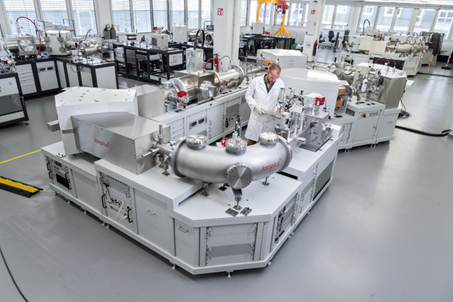
That’s all for this month, but if you’ve had any experience of any of these outliers and want to share it, then please let me know, I’d be keen to hear (Stephen.guilfoyle@isotopx.com). A special thank you goes out to my colleagues that let me raid their bookshelves to research this article. I found “Applications of Inorganic Mass Spectrometry” by John R. de Laeter particularly useful.
